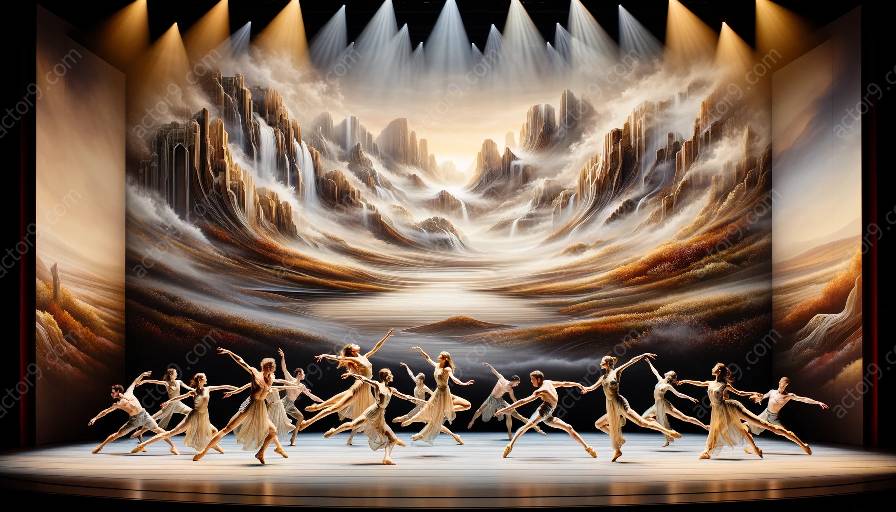Physical theatre choreography is a dynamic and multifaceted art form that seamlessly integrates movement, expression, and storytelling. It is an embodiment of creative expression, engaging with various performance traditions while embodying a rich tapestry of cultural influences. This article aims to explore the intricate relationship between physical theatre choreography and different performance traditions, ranging from historical roots to contemporary practices.
Historical Influences and Evolution
Physical theatre has deep-rooted connections with historical performance traditions, such as mime, commedia dell'arte, and Japanese Kabuki theatre. These traditions have significantly shaped the choreographic elements of physical theatre, influencing movements, gesture vocabulary, and the use of space. The expressive physicality in commedia dell'arte, for instance, has contributed to the character-driven choreography in physical theatre, while the stylized movements of Kabuki have influenced the gestural language and body articulation.
Cultural Diversity and Global Influences
Physical theatre choreography also engages with diverse cultural traditions, drawing inspiration from a wide range of global performance practices. Whether it's the fluidity of Indian classical dance, the dynamic martial arts movements of East Asia, or the rhythmic footwork of African dance, physical theatre integrates a myriad of cultural influences into its choreographic vocabulary. This intercultural exchange enriches the physicality and movement styles within physical theatre, creating a fusion of expressive forms that resonate with audiences worldwide.
Contemporary Approaches and Innovation
In the contemporary landscape, physical theatre choreography continues to evolve by engaging with innovative performance traditions and interdisciplinary practices. Collaborations with circus arts, contemporary dance, and experimental theater have expanded the boundaries of physical theatre choreography, introducing new movement techniques, aerial elements, and technological integrations. This infusion of diverse performance traditions has led to an exciting phase of experimentation and reinvention within the realm of physical theatre choreography.
Adaptation and Fusion
One of the defining features of physical theatre choreography is its ability to adapt and fuse different performance traditions seamlessly. Whether it's blending classical ballet movements with acrobatics or infusing traditional storytelling techniques with contemporary physicality, physical theatre choreographers skillfully navigate the intersection of diverse performance traditions. This adaptive approach not only honors the heritage of various performance forms but also propels physical theatre choreography towards innovative and inclusive artistic expressions.
Conclusion
Physical theatre choreography serves as a dynamic bridge between different performance traditions, embodying a rich tapestry of historical, cultural, and contemporary influences. By engaging with diverse movement vocabularies, expressive forms, and storytelling techniques, physical theatre choreography continues to captivate audiences while honoring the legacy of the performance traditions it encompasses.




































